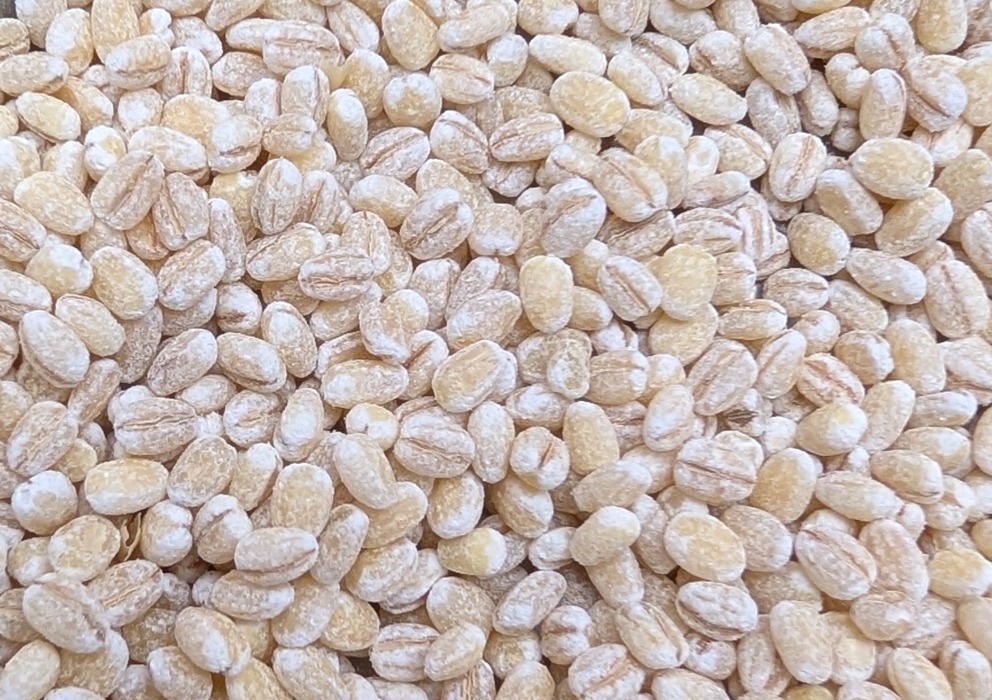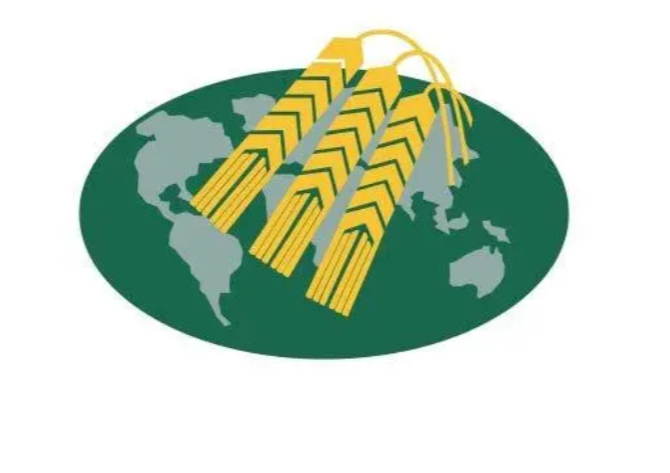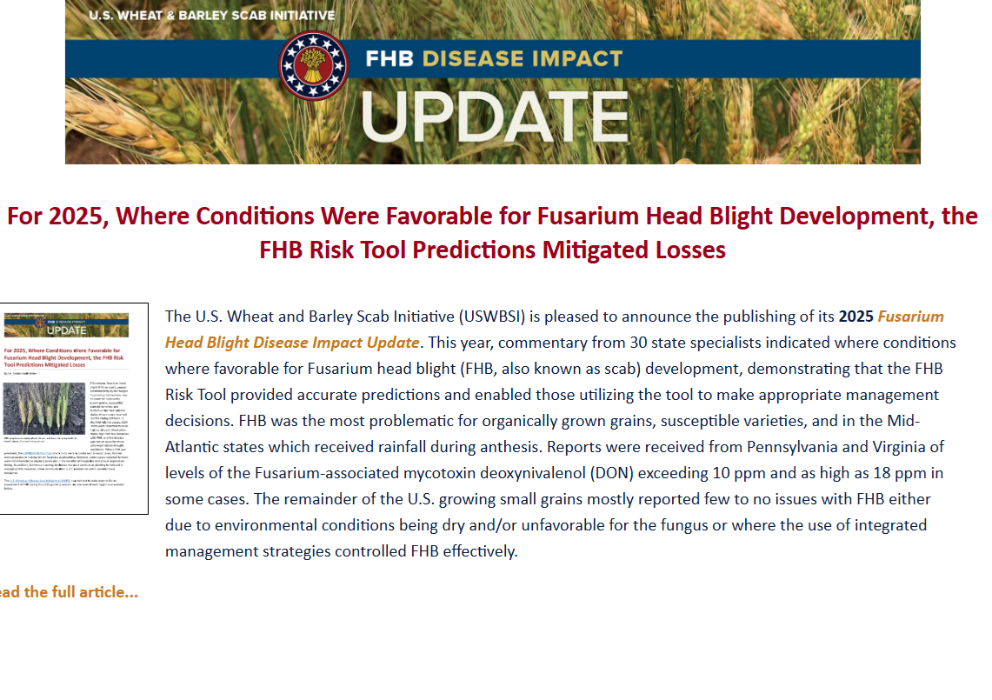
Press Release: Testing for Preharvest Sprouting in 2025 Crop Malting Barley
Press Release: Testing for Preharvest Sprouting in 2025 Crop Malting Barley
Contact: Scott E. Heisel, AMBA President (414) 272-4640
Brookfield, WI – October 29, 2025 – Wet conditions during harvest can result in preharvest sprouting (PHS) in small grains. Nearly every year, there are regional issues with PHS in the US malting barley crop and 2025 is no exception. Mitch Konen, Montana barley grower and President of the National Barley Growers Association notes “North Central Montana, a primary malt barley growing region, has once again received rains prior to the harvest of the 2025 barley crop, resulting in PHS. There have been pockets of sprout damage in other regions as well”.
In the past year or so, there have been numerous reports of sprout damage numbers from official grades being significantly higher than what some buyers get for the same samples. While the tests are slightly different, values were typically close in the past. “Accurate grading is important and getting consistent results can be a challenge for growers. Finding some continuity to the grading procedures used by independent and official grading agencies that align with the pertinent end user grading system is yet another hurdle that the barley producer must endure,” states Konen.
“If a grower or elevator is submitting samples for grading and suspect there may be a sprouting issue, they are encouraged to request the sample be examined for Injured by Sprout”, according to Scott Heisel, President of the American Malting Barley Association (AMBA). Heisel notes, “There are several methods to test for PHS and these can cause some confusion at times.” The USDA-Federal Grain Inspection Service (FGIS) has approved methods for evaluating Sprout Damage and Injured by Sprout and the results can vary significantly between these two methods. Sprout Damage is a simple examination of the sample with little, or no, manipulation of the kernel. Injured by Sprout is measured by lightly pearling the barley sample and reporting the percentage of kernels without intact embryos. While these two methods normally correlate with each other, there are times when they deviate significantly, so having both tests helps ensure PHS is detected.
Ultimately, it is the buyer of the malting barley that determines whether there is evidence of PHS and the suitability of the barley for malting. The malting process requires barley that has a high percentage of vigorously germinating kernels to produce the quality of malt needed for the brewing, distilling, and food industries; and PHS can lead to sluggish or dead kernels. Special attention in storage may be warranted for barley that has very low levels of PHS as further quality losses could occur to grain that went into storage with little or no outward appearance of having been adversely affected. Heisel states that “there are many sources for good grain handling practices including the AMBA publication Harvesting, Drying, and Storing Malting Barley and those posted on the University of Minnesota Extension website (https://extension.umn.edu/small-grains/small-grains-harvest-and-storage).”
Further information and advice can be obtained from your malting barley purchaser, county or state extension staff, or other agricultural specialist. AMBA is a nonprofit trade association comprised of brewing, distilling and malting members.






.png)

